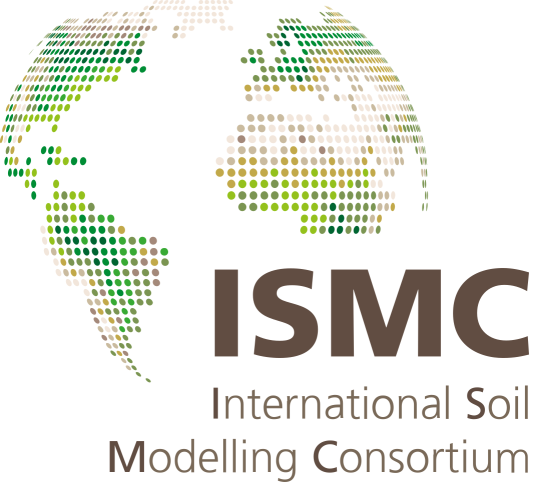The Role of Vadose Zone Physics in the Soil Hydrothermal and Ecohydrological Response of a Tibetan Meadow Ecosystem to Freeze-Thaw Cycles
- University of Twente, Netherlands (l.yu@utwente.nl)
The vadose zone is a zone sensitive to environmental changes and exerts a crucial control in ecosystem functioning and even more so in cold regions considering the rapid change in the seasonally frozen ground under climate warming. While the way in representing the underlying physical process of the vadose zone differs among models, the effect of such differences on soil hydrothermal regimes, and then ecosystem functioning and its ecohydrological response to freeze–thaw cycles are seldom reported. Here, the detailed vadose zone process modeling framework STEMMUS (Simultaneous Transfer of Energy, Mass and Momentum in Unsaturated Soil) was coupled with the ecohydrological model Tethys–Chloris (T&C) to investigate the role of influential physical processes during freeze-thaw cycles. The physical representation is increased from using T&C coupling without STEMMUS enabling the simultaneous mass and energy transfer in the soil system (liquid, vapor, ice) – and with explicit consideration of the impact of soil ice content on energy and water transfer properties – to using T&C coupling with it. We tested model performance with the aid of a comprehensive observation dataset collected at a typical meadow ecosystem on the Tibetan Plateau. Results indicated that explicitly considering the frozen soil process and vapor flow significantly improved the soil moisture/temperature profile simulations and facilitated our understanding of the water transfer processes within the soil-plant-atmosphere continuum. We further demonstrated the linkage between the vadose zone physics-induced difference in soil hydrothermal regimes and the ecosystem water/carbon cycles. This research highlights the important role of vadose zone physics for ecosystem functioning in cold regions and can support the development and application of future Earth system models.
How to cite: Yu, L., Zeng, Y., Fatichi, S., and Su, Z.: The Role of Vadose Zone Physics in the Soil Hydrothermal and Ecohydrological Response of a Tibetan Meadow Ecosystem to Freeze-Thaw Cycles, 3rd ISMC Conference ─ Advances in Modeling Soil Systems, online, 18–22 May 2021, ISMC2021-6, https://doi.org/10.5194/ismc2021-6, 2021.

